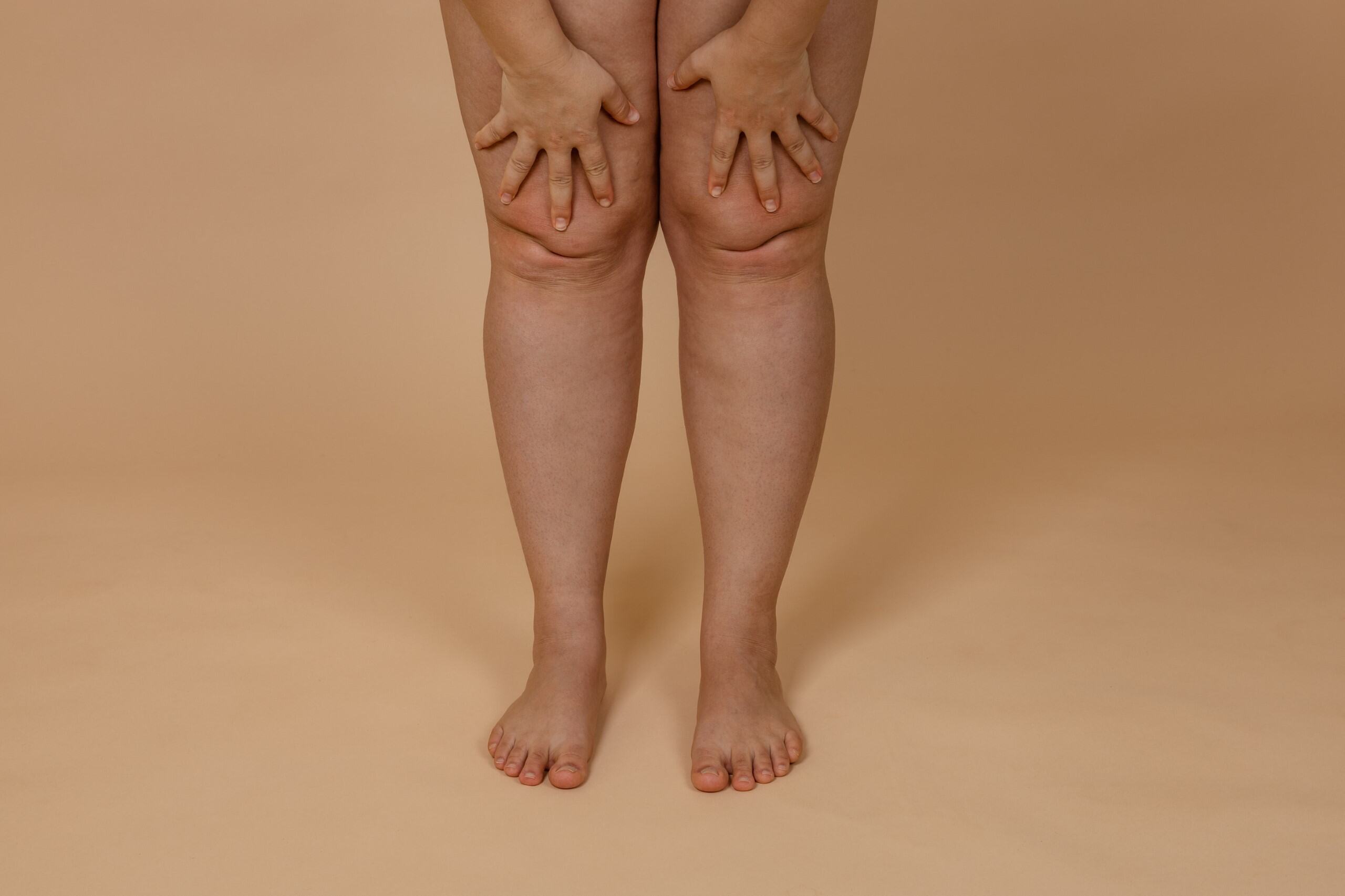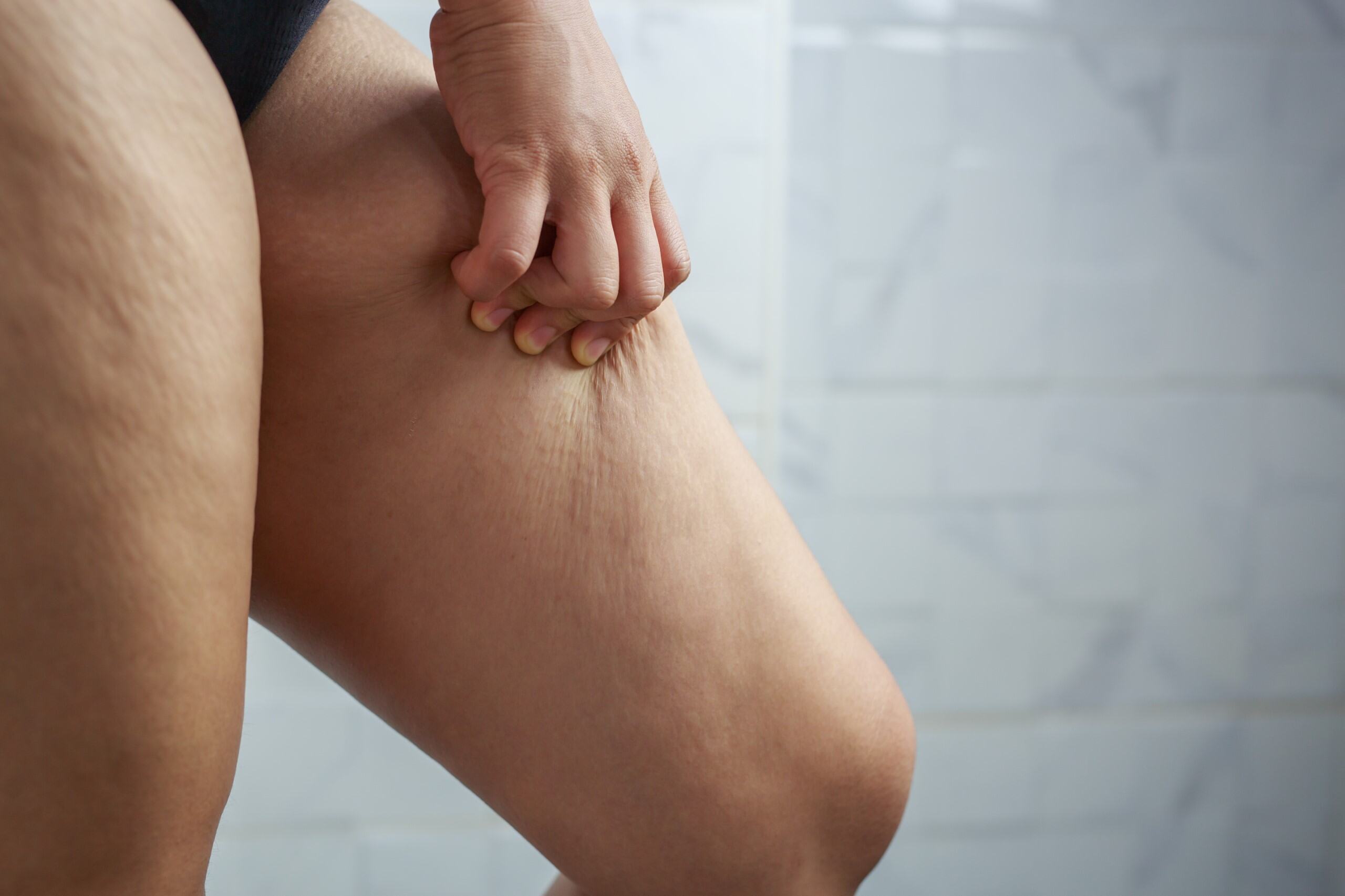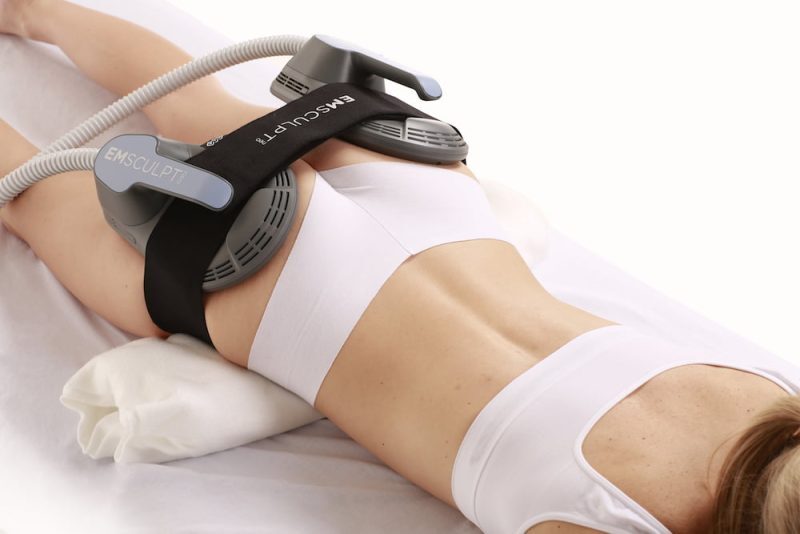Löysät reidet

Löysät reidet ovat yleinen ongelma, joka voi vaikuttaa kehon ulkonäköön ja ihmisen itsetuntoon. Ongelma ilmenee usein silloin, kun iho menettää kimmoisuutensa ja näyttää veltolta. Tämä voi johtua monista syistä, kuten rasvakertymistä, ikääntymisestä tai elämäntapojen vaikutuksista. Löysät reidet voivat tehdä reiden ihosta epätasaisen näköisen ja tuntuisen, mikä voi vaikeuttaa esimerkiksi vaatteiden istuvuutta tai vaikuttaa halukkuuteen käyttää tietynlaisia asuja, kuten shortseja tai mekkoja.
Monet kokevat löysät reidet esteettisenä ongelmana, mutta niillä voi olla myös käytännöllisiä vaikutuksia, kuten hankaumien muodostuminen reisien väliin liikkuessa. Tämä voi olla erityisen haastavaa, jos reidet eivät ole kiinteät, vaan rasva- ja ihokudos liikkuvat enemmän kuin kiinteät lihakset. Vaikka löysät reidet eivät ole suoranaisesti terveysriski, ne voivat olla haitaksi henkilökohtaiselle hyvinvoinnille ja itsetunnolle.
Löysien reisien ongelma voi näkyä eri tavoin. Joskus kyseessä on pelkkä ihon löystyminen, mutta usein siihen liittyy myös ylimääräisen rasvan kertyminen reiden sisä- tai ulkosivuille. Lisäksi ihon joustavuuden heikentyessä ongelma voi korostua, jolloin reidet eivät enää näytä yhtä kiinteiltä ja nuorekkailta.
Mistä löysät reidet johtuvat?
Löysät reidet johtuvat usein monien tekijöiden yhdistelmästä. Yksi yleisimmistä syistä on rasvan kertyminen reiden alueelle. Rasva varastoituu reisiin helposti, koska keho pyrkii säilyttämään energiaa, erityisesti tietyissä paikoissa, kuten reisissä ja vatsan alueella. Tämä korostuu erityisesti naisilla, joilla hormonitasapaino vaikuttaa siihen minne rasvaa kertyy.
- Ikääntyminen on toinen merkittävä syy reisien löystymiseen. Kehon kollageeni- ja elastaanituotanto vähenee luonnollisesti iän myötä, mikä heikentää ihon kykyä säilyttää joustavuutensa ja kimmoisuutensa. Ilman näitä tukirakenteita iho veltostuu ja reidet voivat menettää kiinteytensä. Tämä voi näkyä erityisesti reiden sisäosassa, jossa iho on ohuempaa ja alttiimpaa löystymiselle.
- Liikunnan puute ja passiivinen elämäntapa vaikuttavat myös löysien reisien syntyyn. Lihakset menettävät ajan myötä voimansa, jos niitä ei käytetä aktiivisesti ja tämä voi johtaa reisialueen veltostumiseen. Toisaalta myös nopea painonpudotus ilman lihaskuntoharjoittelua voi aiheuttaa löysää ihoa, sillä iho ei ehdi mukautua uuteen painoon.
- Myös ruokavalion laadulla on merkitystä. Rasvainen ja sokeripitoinen ruoka voi edistää ylimääräisten rasvakertymien syntymistä, kun taas proteiinin ja antioksidanttien puute voi vaikuttaa ihon terveyteen ja kimmoisuuteen.

Ongelman eri vaiheet ja muodot
Löysät reidet kehittyvät usein vaiheittain ja ongelman vakavuus voi vaihdella lievästä merkittävään riippuen henkilön elämäntavoista, iästä ja perintötekijöistä. Nämä vaiheet voivat antaa viitteitä siitä, millaisia hoitotoimenpiteitä tai muutoksia tarvitaan ongelman ratkaisemiseksi.
- Vaihe 1: Hieman heikentynyt kimmoisuus
Ongelman ensimmäisessä vaiheessa iho saattaa alkaa menettää kimmoisuuttaan, mutta löysyys ei ole vielä selvästi havaittavissa. Tämä voi ilmetä hienovaraisina muutoksina ihon tekstuurissa, kuten pienenä epätasaisuutena reiden ihon pinnalla. Tämä vaihe on tyypillisesti hoidettavissa liikunnan ja terveellisen ruokavalion avulla.
- Vaihe 2: Löysyyden lisääntyminen
Kun ongelma etenee, ihon joustavuuden menetys alkaa olla näkyvämpää ja reisien alueella voi tuntua pehmeyttä. Rasvakertymät voivat korostaa löysyyttä ja iho saattaa alkaa roikkua hieman reiden sisäosassa tai ulkoreunassa. Tässä vaiheessa ongelma saattaa vaatia lihaskuntoharjoituksia yhdistettynä kohdennettuihin ihonhoitomenetelmiin.
- Vaihe 3: Selkeä löysyys ja roikkuva iho
Tässä vaiheessa iho on menettänyt merkittävästi kimmoisuuttaan ja reisien alueella voi olla havaittavissa huomattavaa löysyyttä. Tämä voi johtua pitkäaikaisesta liikunnan puutteesta, merkittävästä painonvaihtelusta tai ikääntymisen vaikutuksista. Iho voi roikkua erityisesti reiden sisä- ja yläosassa ja sen palauttaminen vaatii usein yhdistelmän terveellisiä elämäntapoja ja kohdennettuja hoitoja, kuten radiofrekvenssiä tai kylmähoitoja.
- Vaihe 4: Edennyt löysyys ja monimutkaiset muutokset
Viimeisessä vaiheessa löysät reidet ovat edenneet niin pitkälle, että iho roikkuu huomattavasti ja reisien muoto on selkeästi muuttunut. Tällöin löysyyteen voi liittyä myös paikallista turvotusta tai alueellisia kudosmuutoksia. Tämän vaiheen hoitaminen voi edellyttää ammattilaisen apua, kuten laitehoitoja tai jopa kirurgisia ratkaisuja, jos muut menetelmät eivät riitä palauttamaan ihon kiinteyttä.
Löysien reisien ongelma voi siis edetä asteittain ja jokaisessa vaiheessa hoitomenetelmät ja ennaltaehkäisevät toimet voivat vaihdella. Mitä varhaisemmassa vaiheessa ongelmaan puututaan, sitä tehokkaampia kevyet ratkaisut, kuten liikunta ja ruokavalio, voivat olla. Myöhemmissä vaiheissa tarvitaan usein yhdistelmähoitoja tai ammattilaisten apua.

Hoitomuodot reisien kiinteytykseen
- EMSCULPT NEO: Tämä laitehoito yhdistää kaksi energiamuotoa, synkronoidun RF:n (radioaaltotaajuus) ja HIFEM™: n, jotta rasvan poisto ja lihasten rakentaminen voivat tapahtua samanaikaisesti
- EXION Body: Käyttää kohdennettua ultraääntä ja monopolaarista radiofrekvenssiä ja stimuloi hyaluronihapon, kollageenin ja elastiinin tuotantoa. Rasvakudokseen kohdistuva lämpö saa aikaan rasvan apoptoosin ja vähentää rasvakudoksen määrää vaikeasti saavutettavilla alueilla.
- EMSCULPT NEO + EXION Body: Yhdistelmähoito on paras tapa nähdä tuloksia! EMSCULPT™ NEO lihasten rakentamiseen, rasvan polttamiseen ja kiinteytykseen, minkä jälkeen EXION™ Body tasoittaa selluliittia, auttaa poistamaan paikallisia rasvakertymiä, lisää hyaluronihapon, kollageenin ja elastiinin tuotantoa alueella.
- Kryolipolyysi: Hyödynnetään kylmää rasvasolujen tuhoamiseen, vähentäen paikallisia rasvakertymiä reiden alueella.
- Kuntosaliharjoittelu: Reisilihaksia vahvistavat liikkeet, kuten kyykyt ja askelkyykyt, voivat auttaa kiinteyttämään reidet.
MESQ®
DoctusPlus Oy:n aputoiminimi
Yritys
DoctusPlus Oy
Y-tunnus
3154088-6
Käyntiosoite
Itämerenkatu 11-13 F, 00180 Helsinki
Puhelin
Sähköposti
Aukioloajat
Ma – Pe 11:00 – 19:00